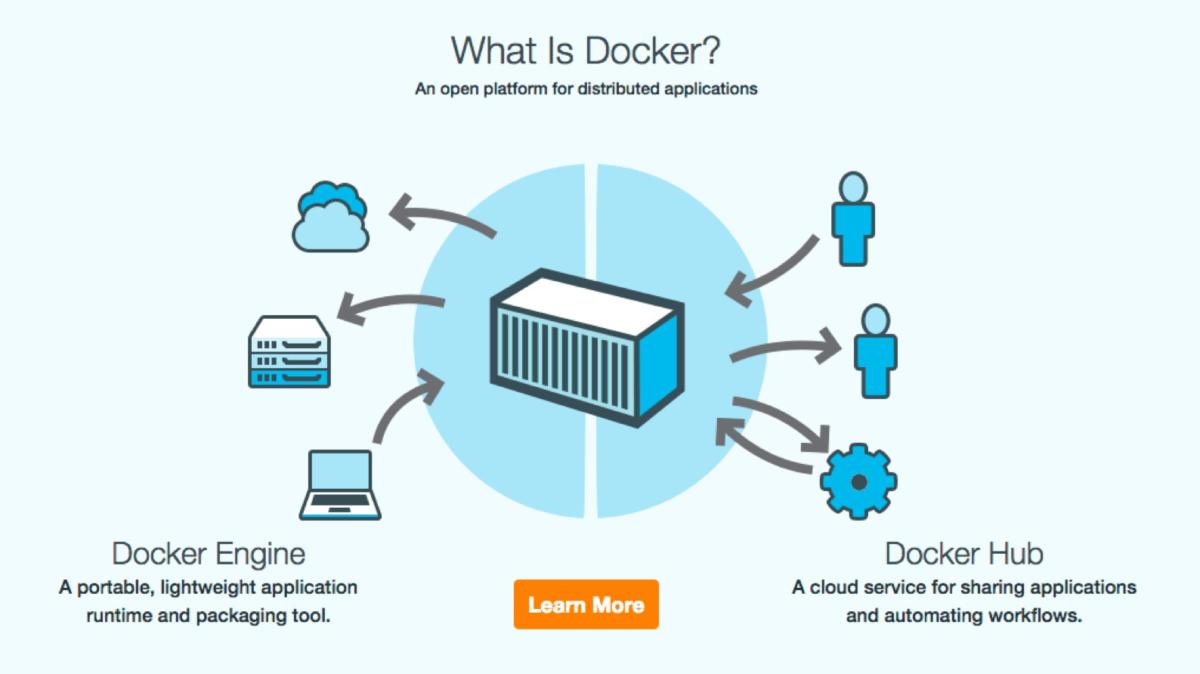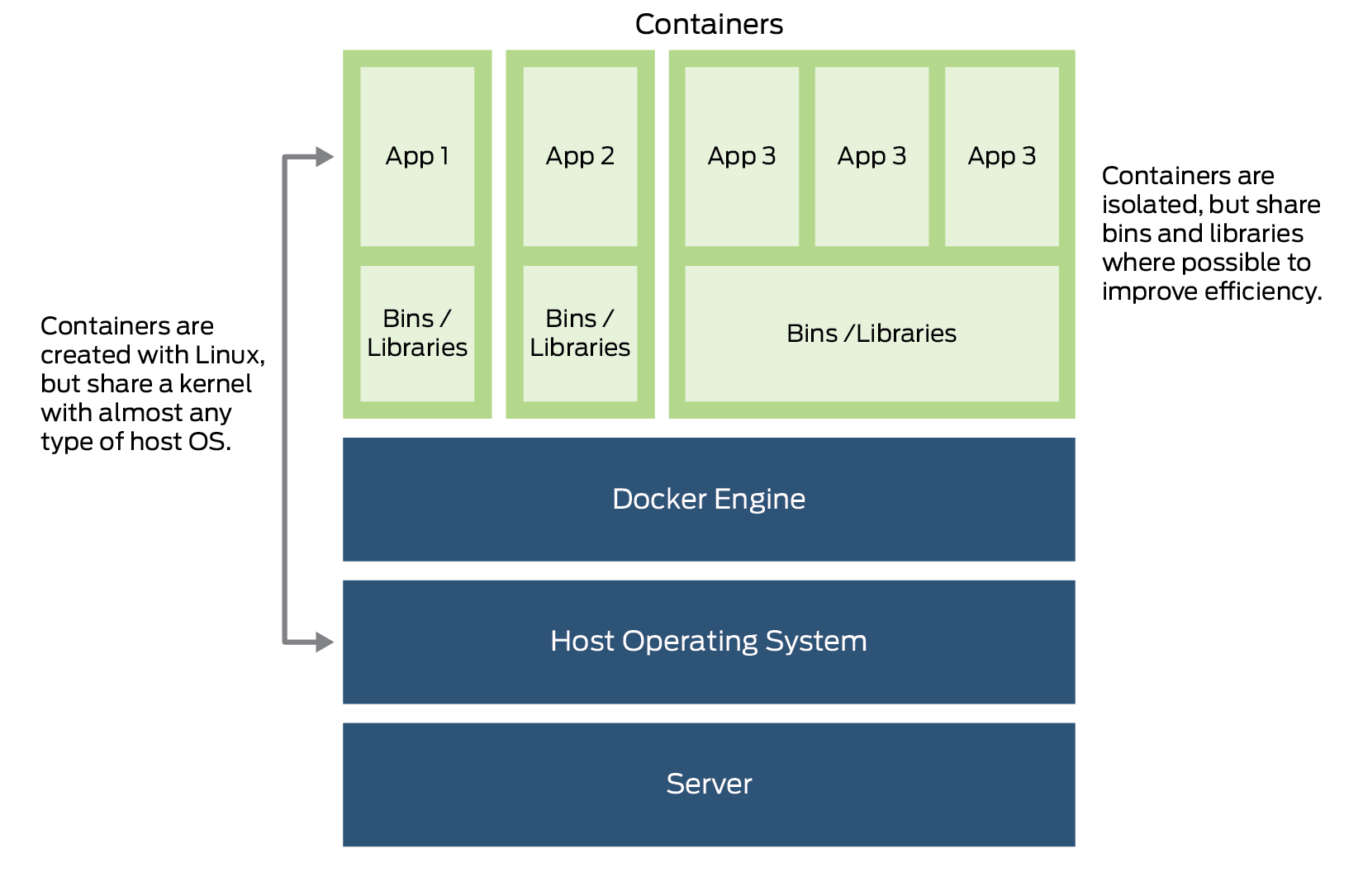Upgrade & Secure Your Future with DevOps, SRE, DevSecOps, MLOps!
We spend hours on Instagram and YouTube and waste money on coffee and fast food, but won’t spend 30 minutes a day learning skills to boost our careers.
Master in DevOps, SRE, DevSecOps & MLOps!
Learn from Guru Rajesh Kumar and double your salary in just one year.
Docker is an open-source containerization platform used for developing, deploying, and managing applications in lightweight virtualized environments called containers.
It is mainly used as a software development platform for developing distributed applications that work efficiently in different environments. By making the software system agnostic, developers don’t have to worry about compatibility issues. Packaging apps into isolated environments (containers) also makes it easier to develop, deploy, maintain, and use applications.

2) What is Container? – – 5 lines with 1 images
A standard package of software—known as a container—bundles an application’s code together with the related configuration files and libraries, and with the dependencies required for the app to run. This allows developers and IT pros to deploy applications seamlessly across environments. Get started with Docker.

3)What are top 5 advantage of Docker?
- Faster time to market
- Developer Productivity
- Deployment velocity
- IT infrastructure reduction
- IT operational efficiency
- Faster issue to resolution
- Portability
4)What are top 10 commands you used today and oneline explnations.
𝐝𝐨𝐜𝐤𝐞𝐫 𝐩𝐬 – Lists various properties of containers.
𝐝𝐨𝐜𝐤𝐞𝐫 𝐫𝐞𝐬𝐭𝐚𝐫𝐭 – Stops and starts a container.
𝐝𝐨𝐜𝐤𝐞𝐫 𝐩𝐮𝐥𝐥 – Pulls an image or a repository from your local registry
𝐝𝐨𝐜𝐤𝐞𝐫 𝐡𝐢𝐬𝐭𝐨𝐫𝐲 – Displays the history of an image.
𝐝𝐨𝐜𝐤𝐞𝐫 𝐬𝐭𝐚𝐫𝐭 – Starts already stopped containers.
𝐝𝐨𝐜𝐤𝐞𝐫 𝐬𝐭𝐨𝐩 – Stops running containers.
𝐝𝐨𝐜𝐤𝐞𝐫 𝐫𝐦 – Remove containers.
𝐝𝐨𝐜𝐤𝐞𝐫 𝐫𝐦𝐢 – Remove images
docker info– Shows system-wide information.
𝐝𝐨𝐜𝐤𝐞𝐫 𝐞𝐱𝐞𝐜 – Runs a command in a container that is active or running.
𝐝𝐨𝐜𝐤𝐞𝐫 𝐜𝐨𝐦𝐦𝐢𝐭 – Creates a new image from the current changed state of the container.

 Starting: 1st of Every Month
Starting: 1st of Every Month  +91 8409492687 |
+91 8409492687 |  Contact@DevOpsSchool.com
Contact@DevOpsSchool.com